I’m frequently asked about how to start a travel blog by many aspiring travel bloggers. They’re super excited to get paid to travel the world and create a full-time travel life.
Before you go buying a domain and writing your tips and advice on the internet, hold on skippy, because starting a travel blog is easy, but starting one that’s going to be successful and make you money, is not.
Travel blogging is an excellent way to travel full-time, and we’ve been blogging for 14 years now.
However, travel blogging is not as easy as it looks, and contrary to what people believe, we’re not always sitting by a pool with a cocktail in hand and watching money roll in – it requires hard graft, skills, and a tenacious attitude that says “never give up.”
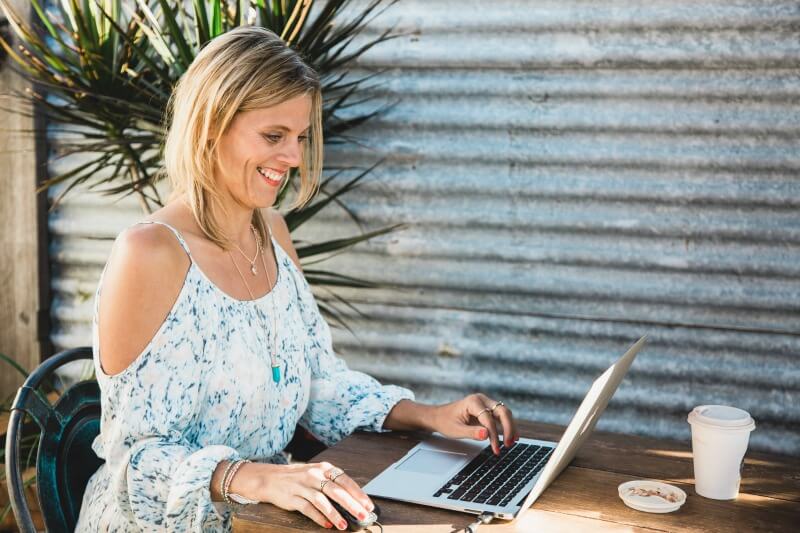
I don’t want you to start travel blogging with an idea that the day after you start a travel blog, you’ll get free trips and live the dream.
It took us a year of hard work before we got our first “free” trip, and three years before we could make a full-time income out of it.
It felt like it was going to be a never ending journey to make money travel blogging, but we got there. You can too.
Below are some of our biggest tips on how to start a successful travel blog with the end goal of making it a full-time business. In 2020, we also took what we knew about travel blogging (all tips below) and created a new niche site ThisisRaleigh.com which is focused on this wonderful city we live in. We’ve had huge success, making good money, and currently have incredible opportunities
- How To Start A Successful Travel Blog
- 1. Treat it as a business from the beginning (but don't forget your readers)
- 2. Think long and hard about a travel blog name
- 3. Start your travel blog with planning
- 4. Hosting your travel blog
- 5. Buy a domain name for your travel blog
- 6. Install WordPress for your travel blog
- 7. Choose a premium theme for your travel blog
- 8. Install the right plugins
- 9. Start writing!
- 10. Write quality, SEO content
- Tips for Creating a Successful Travel Blog
- 1. Use beautiful images
- 2. Be consistent
- 3. Plan what content will you write on your travel blog
- 4. Have an easy to follow site architecture
- 5. Build your email list
- 6. Get social media savvy
- 7. Learn as much as you can about travel blogging and online business
- 8. Don't give up or feel imposter syndrome
- 9. Use the data
- 10. Enjoy the travel blogging journey
- 11. Create proposals that work
- 12. Join blogger Facebook groups
- 13. Understand your audience
- 14. Create something of value
- 15. Avoid comparisons
- 16. Listen to your inner voice
- More Blogging Tips
- Pin To Save On Pinterest
How To Start A Successful Travel Blog
We made a lot of mistakes, and at the time we started travel blogging, there wasn’t a lot of people who’d figured out how to make travel blogging a full-time income and lifestyle.
Your success could be quicker with the right planning, tools, resources, and learning. We hope to help you avoid some of those blogging mistakes with this post for blog beginners on how to start a travel blog.
If you want more advanced tips and tricks, join our digital lifestyle email community. We’ll give you free email training – on the 4 biggest blogging mistakes we’ve made and how to overcome them.
1. Treat it as a business from the beginning (but don’t forget your readers)
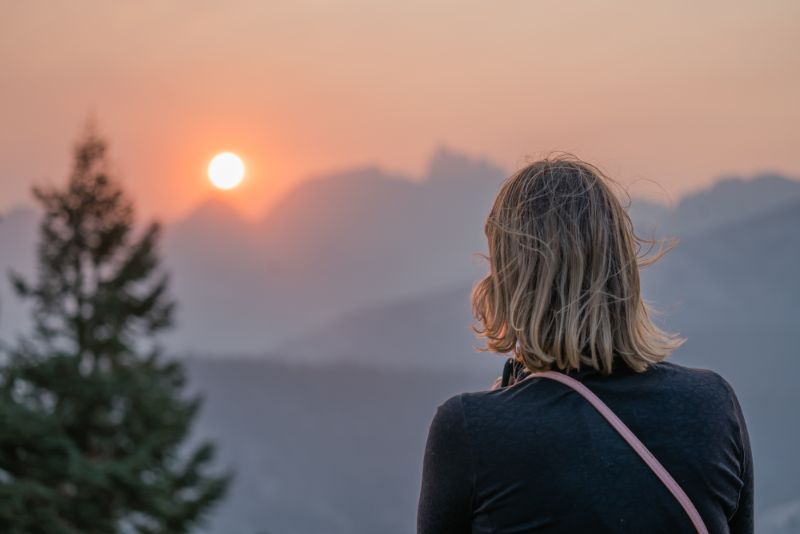
The biggest key to making our travel blog a success was treating it like a business from the start.
If you have a goal of making money, either through ad income or affiliate marketing, then you’ll find that eventually you’ll walk towards that goal.
That being said, it’s important to not forget who is reading your blog. People come to your site because they want information, tips, inspiration and so on.
They are not coming to your site with their wallet in their hand.
Yes, it’s important to treat it like a business as you do want to earn an income through it, but you cannot ignore the readers wants and needs or you’ll never retain them.
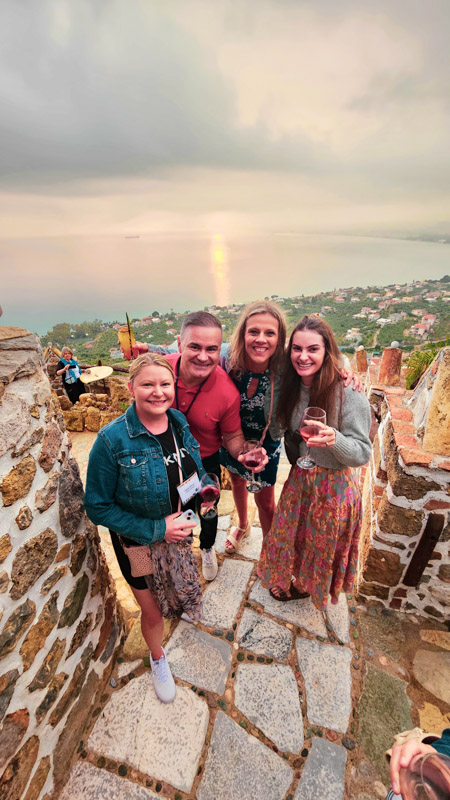
You want to build a following of readers and a community. Think of these loyal readers will be your cheering squad when times get tough, and believe me, times will get tough (I’ll get more into that later).
So yes, have a business mindset, but also have your audience in your mind with everything you do.
Having a strong money mindset is still key in business. Makes sense right? You don’t have a business without income. And you’ll struggle to have money visit if you don’t feel good about it.
Having a money mindset has helped me create better opportunities, open up different income streams – like public speaking – and create products that can help others follow a similar path.
Part of this money mindset means being okay with saying no – sometimes to large amounts of money – if you know it’s not a good fit, or undersells your worth. You trust that something better will come along.
A good money mindset is also being aware of the flow of money in and out. Part of the reason we have an accountant is she takes off my hands I job I hate. I don’t want to put painful emotions towards money. She ensures all the boxes are ticked and the reports are done well.
Then it’s up to us to analyse and make decisions according to how it is going.
2. Think long and hard about a travel blog name

Possibly the hardest, but one of the most important first steps when you think about how to start a travel blog is choosing the right name.
How can you encapsulate your brand and message in one short name?
I do recommend you make it short and memorable. Your travel blog name is what people will refer to you as and how they will find you. If it’s long-winded and hard to remember, they’ll forget, which means fewer organic visits and shares.
Think long-term when you start a travel blog
I’ve met many travel bloggers who’ve limited their growth with their name choice.
For example, AroundTheWorldInOneYear.com – what happens when your travels extend beyond a year? BackpackingThroughAfrica.com – what happens when you go to South America next?
SoloTravelRocks.com – what about the next life stage when the husband and kids come along.
Or anything with “budget” in the name can be limiting – what happens if you get sick of sleeping in hostels and eating beans & rice and want to evolve into luxury travel?
It might not be your reality now, but keep the doors open for growth and change so you can evolve with your travel lifestyle. Rebranding is time-consuming and costly!
To be honest, we’re not fussed on our travel blog name. It was fine when we chose it, but now we hate the word blog in the domain name.
We’ve evolved way beyond the status of a travel blog and consider ourselves more to be travel publishers and a media empire (we’ll share more about why we added in the blog part later in this post – hosting a travel blog.)
The yTravel part was what we wanted. The “Y” of travel is hugely important to us!
Travel has so much more meaning and depth than just checking off bucket list items, and we wanted to create a travel blog that inspired people to create a lifestyle of travel – one that has a strong purpose and meaning and could evolve to suit your life as it changes.
It’s why we avoided words like backpacker (which we were when we started travel blogging) or family travel. Family travel is obviously a HUGE part of our travel story, but we talk about travel as a lifestyle for ANYONE, which is why we have a diverse readership from students to empty nesters.
Most people refer to us as yTravel and drop the blog part! Yay. Branding is clear and resonates.
You may want to go niche specific which is fine, but be sure to research and plan for it very carefully.
Which leads us to step two of how to start a travel blog (a lot of people skip this!)
3. Start your travel blog with planning
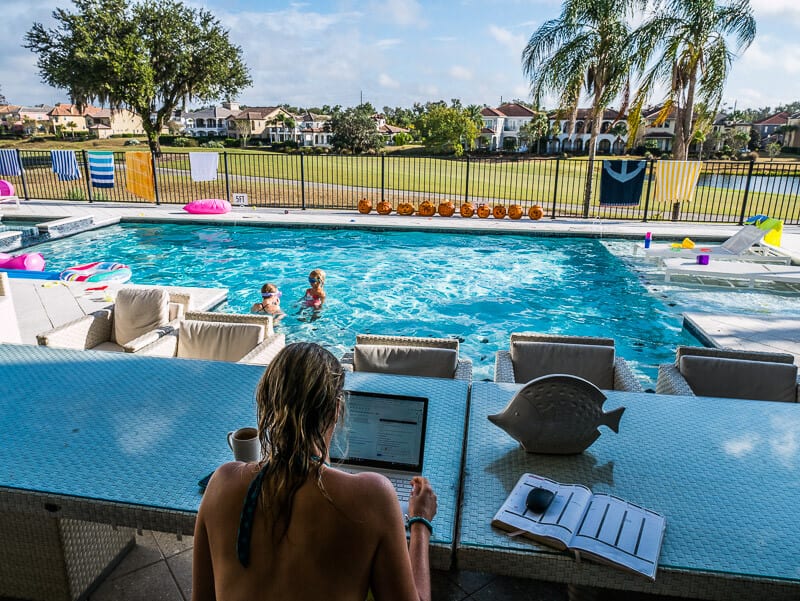
Jumping into starting a travel blog without any planning can mean you get everything wrong from branding to messaging to communication to site design.
Brainstorm, mind map and formulate your thoughts into what you want your travel blog to represent.
Some things to consider before you start:
- What’s your message and theme?
- Who are you serving and how can you help them?
- What kind of content can you write for your community? (start a content list)
- What’s your brand and how can you showcase that through your images, content, site design, and communication?
- What’s your logo and tagline?
Be sure to know what you’re working towards creating through your travel blog and WHY?
4. Hosting your travel blog
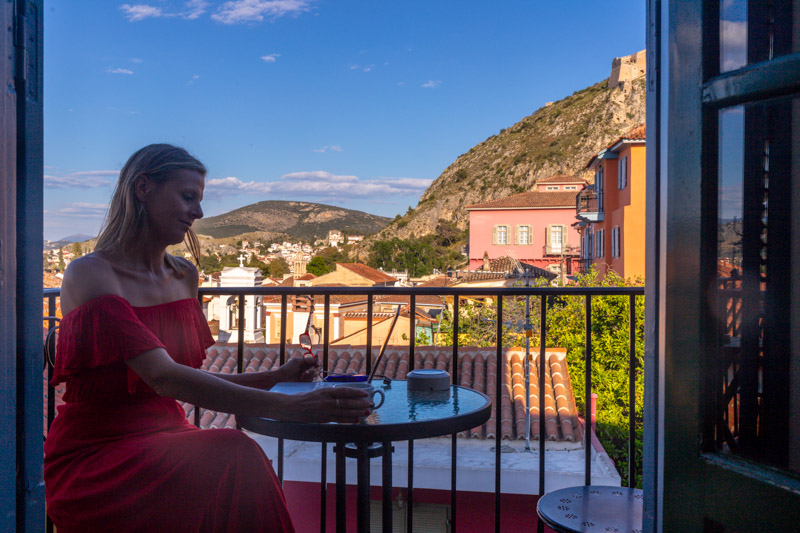
My biggest advice is to self host your travel blog!
There are many blog hosting software applications where you create an account with a provider, and they host the blog for you.
It’s free, BUT it means you give up control of your site. Should something go wrong with the hosting provider, your travel blog goes down with it.
With a self-hosted travel blog, you have total control of managing it, how it looks and how you earn money. (Yes free blog hosting platforms like wordpress.com restrict your income earning abilities).
Plus, hosting your travel blog is more professional.
If you do just want to start a diary or start your travel blog as a hobby, then the free blog hosting platforms are fine.
Be aware that if you change your mind later and want to earn money from your travel blog, it will be more complicated to change it over.
5. Buy a domain name for your travel blog
A domain name is the URL of your site. e.g. ytravelblog.com. Make it the same as your blog name if you can.
You can purchase a domain name from NameCheap or GoDaddy.
Before you do that, check if the hosting company you’ll be choosing offers a domain name with their package.
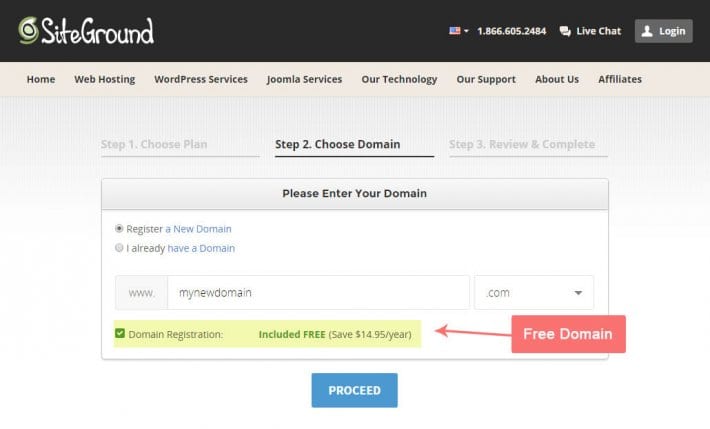
What is blog hosting?
Blog hosting is the building you’d rent if you were to start a brick and mortar business. The hosting provider is your landlord! You pay them a monthly fee to rent their internet space so you can host your blog and open the doors.
Hosting your travel blog means you rent space to store your blog’s data, files, and photos so that when people visit your domain name they can see all your content.
I hope that makes it clear to you what it means in the online and blogging world.
We’ve had some terrible experiences with hosting providers, none of who I’ll mention in this post!
We currently use Cloudways and have not had one issue with them.
You may not want to use them when you first start a travel blog – we pay around $80 a month. Definitely consider them when your blog grows, and your cheaper hosting can’t handle the higher traffic numbers and bandwidth.
For a cheap hosting company to start your travel blog, and one that comes highly recommended, check out Siteground. I have since hosted three domain names with SiteGround.
Their services has been excellent. They have transferred an entire site for me with no problems and quick efficiency. I’m super impressed with them and will only use them now for my smaller sites.
You pay a bit more than what other companies like Bluehost offer, but if it gives you a better service and fewer site hassles, making it a valuable investment.
I’ve only heard people rave about Siteground.
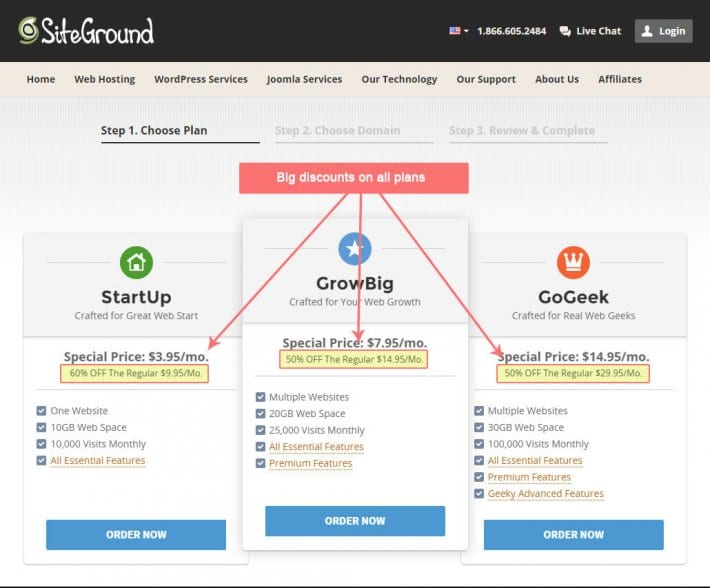
And you can see they offer discounted plans as well for longer commitments.
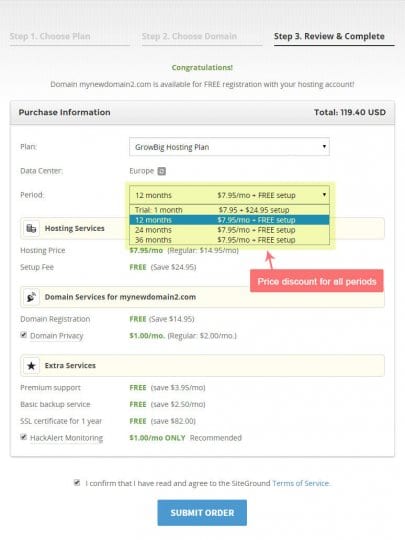
Things to consider with travel blog hosting
- Be careful with the size of your images and the content you are hosting. It can blow up your bandwidth space which will bring about challenges and crashes. Once your traffic starts to grow and the size of the content hosted, you’ll need a bigger plan
- Choose the right domain name. Look for a plan that gives you free domain names if you can. You might have to play around with your name a little to get the domain name you want. For example, we originally wanted yTravel.com but to get that name somebody had parked it and wanted to sell it to us for $30,000. We decided to add blog to the end of it and snagged it that way.
- There are a lot of extra features you can add when hosting your travel blog. Most people will get the Domain Privacy Add-on so that randoms can’t look up your personal details like address, email, and phone number. I highly recommend this. Siteground recently made me aware of this when I contacted them after I suddenly started getting 10+ phone calls a day from website service related companies. I did not have the domain privacy on with a new site I’d hosted with them, which meant my phone number was out there for these people to try and sell their things to!! It’s worth the extra $12 a year to stop them.
Important note about cheaper travel blog hosting and shared servers
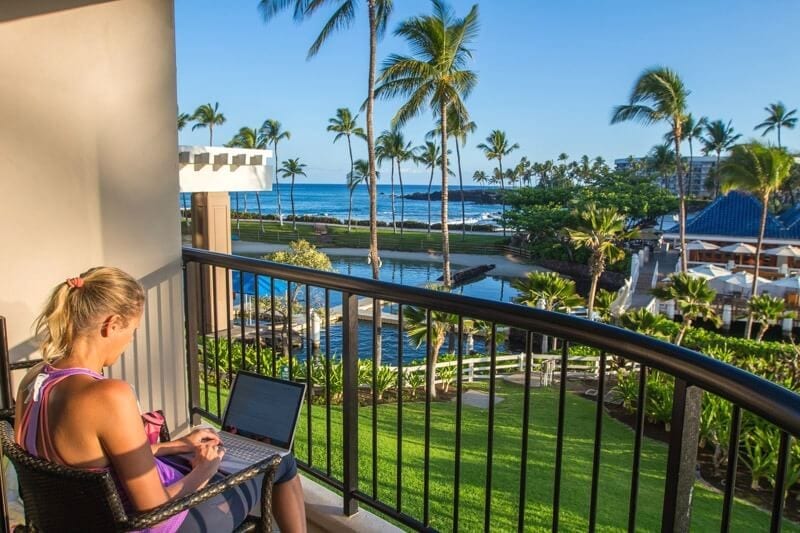
Do remember, once your travel blog starts to get much higher traffic numbers, you’ll want to consider upgrading as your travel blog might start crashing.
It’s very common and will happen unless you’re prepared to spend a fair bit of cash. It’s because the cheaper hosting plans are on shared servers, which is why they’re cheap.
That means you’re sharing the rented space with many other sites. Your site might be performing fine, but if someone else’s on your server is not, it might mean your site is impacted i.e. is slow or frequently crashes.
To avoid this, you purchase dedicated servers, which is what we have for our travel, but I don’t recommend it when you start as you won’t be big enough when you first start a travel blog to justify the expense.
I don’t have it for my smaller blogs.
These are just some of the sacrifices when you start travel blogging. We’ve been through them all and our hosting issues stopped, and customer service improved, once we could afford a premium service.
As always do your research and choose the best provider and plan for you. If you can only afford the cheaper hosting plans than that’s your starting point and accept it won’t be perfect.
You’re doing the best you can with what you have and you’ll upgrade to the better when you can afford it.
From what I’ve heard and read, you probably can’t do better than Siteground for cheaper and reliable hosting.
However, the ultimate I feel is Cloudways. I think it could end up being much cheaper and more reliable.
6. Install WordPress for your travel blog

Now you have a rented space and a domain name, it’s time to install WordPress on your blog.
It’s important to note, we’re talking about WordPress.org, not WordPress.com.
As mentioned above, wordpress.com is hosted by WordPress, not you!
WordPress.org gives you the ability to host WordPress on your site, and so you get complete control over your travel blog.
I highly recommend you don’t use any other blogging platform apart from WordPress. There are some available, but when your blog grows and becomes more successful, you’ll find ad integration works better with wordpress.
You also get plugins, which can be great for SEO (more on that later) and also help with things like site speed, cacheing and reducing the size of images.
Most professionals use WordPress and is blogging industry standard.
Installing WordPress on your blog is not as complicated as it sounds.
Your hosting provider will make it easy for you to do it from your backend. Contact them for help if you get a little stuck. You’ll be basically just hitting a few buttons and letting the system do it for you.
Sign in with your details and you are ready to start building and setting up your travel blog!
WordPress may feel a little overwhelming to you when you first start your travel blog. Don’t worry, there are a ton of free resources you can find. Search Google and YouTube to help you learn how to use it.
7. Choose a premium theme for your travel blog
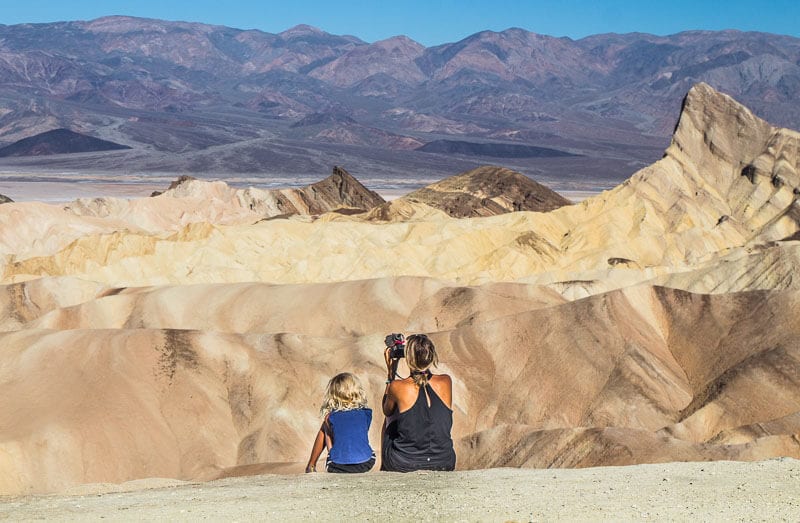
WordPress comes with free themes you can use for your travel blog. There are also a lot of free themes online you can download to use.
A theme is the design of your website and how people can navigate through its pages.
A free theme comes with many restrictions, and you will not be able to customize many of the features. That means you’ll have a travel blog that could look a lot like others.
You want originality so you can share your particular brand and message.
We recommend choosing a premium theme.
The most common theme people use for blogs is GeneratePress. The reason for this is because it’s lightweight (it doesn’t slow down your site), it’s easy to use, and you can customize it a lot.
Another premium theme bloggers love is Elegant Themes. I have used them before on other sites we’ve owned and they’ve been user friendly and versatile.
A premium theme costs a bit at the beginning, but it’s usually for lifetime use. So it’s worth the investment to give your site more flexibility for customization, and they have better features and functionality.
A premium theme is an investment into your business. Businesses involve investments.
We have our site custom-designed by professional website designers. It is expensive, and we do not recommend it when starting a travel blog.
It takes time to figure out what works and doesn’t.
It’s best to use the cheaper themes until you get very clear on your travel blog business, your traffic, and profitability before you start investing in custom designs.
8. Install the right plugins

Another step when learning about how to start a travel blog is what plugins to use?
Plugins are handy features and functions you install on your travel blog site to help them be more efficient.
There are hundreds of plugins you can choose from and the more you grow and learn, the more you’ll know which ones are best suited to your particular needs.
You don’t want to have too many plugins as they can slow down your site. You also want to make sure your plugins are always updated, as old and unused plugins can easily be hacked and pose a security risk for your blog.
When you have your site custom designed like ours, you can hard code a lot of these plugins, which means your site will run faster.
Plugins are easy to add from your WordPress dashboard.


Here are a couple of plugins we recommend:
- Yoast SEO or Rank Math SEO – These are easy to use plugins that help you optimizing your post and pages for the Search Engines (SEO). This is important, and is the break and butter for getting traffic to your blog.
- Akismet – keeps a control on the number of spam comments you’ll get. Trust me there is a lot, and you don’t want to be manually deleting these.
- W3 total cache – helps to keep your site running fast
- Social media sharing buttons – this will help people share your content more easily. Great for viral posts! I don’t have a specific plugin to recommend as ours are hard coded. You’ll be able to find a good one with a bit of research. I recommend floating sidebar social shares.
Consider how you manage and update these plugins, backup your site and keep it secure.
Our tech guy, Chris, from RTWlabs.com does this for us, for a monthly fee. I can’t tell you how worthwhile this is for us not to worry about this and always have a safe and secure site.
Chris regularly backs up our site (i.e. saves it elsewhere) so we can reinstall it and not lose all those years of content should something go wrong.
This might not be something you can do when you first start your travel blog, but definitely at a later date.
When first starting your travel blog, please do your research how to best back up your site yourself.
9. Start writing!
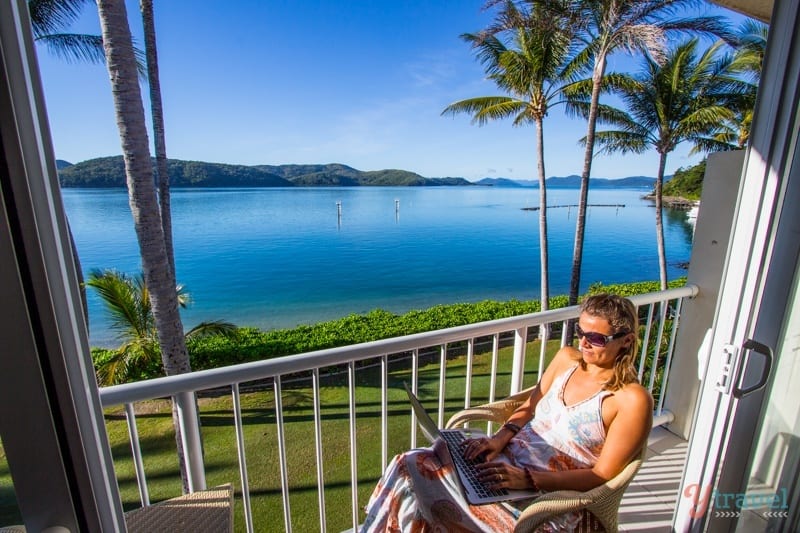
Now you’re ready to start writing, but what do you write about? What blog pages do you include when you start a travel blog?
Start with an About Us Page and, at least, three blog posts published. That way when people visit your travel blog, you have a presence already.
You don’t want them reading one blog post and then having nothing else for them to read.
Your About Page is the most important, and often most visited page on your site.
Your About Page is where you connect your story with your readers, so they feel inspired and curious to continue to follow your journey and read your posts.
So put personality into the About Us page, share your story and give them a reason to follow you.
A Start Here page is also a great idea to help steer your readers to your best and most relevant content.
This might be quite sparse when you first start, but you can always guide the reader to your email list, your About Us page and your best starting blog post.
A resource page is also something you can easily create, showcasing your favorite travel related products and resources.
10. Write quality, SEO content

You will need to learn about SEO content writing to make sure your blog is successful. It’s how most sites get traffic, and it’s not an easy skill to master.
SEO content requires understanding keywords that people search for, placement of keywords, how to use headings, how to format posts in a logical order, how to answer questions so that not only your reader understands them but the algorithms do, too.
We write with the intention to give quality and useful information to our readers and to speak in a way that resonates with what they’re looking for.
As a result, we get a lot of traffic from the search engines. Quality wins.
But we also have an SEO Editor and writer who knows her stuff when it comes to what search engines are looking for. When you’re starting out, you likely won’t have the funds to hire someone, so you’re going to need to learn to do it yourself.
We would write a book on SEO content writing, but this post offers some more tips on SEO for travel bloggers. It’s a good place to start on your journey learning this skill.
Tips for Creating a Successful Travel Blog
Now you know the fundamentals on how to set up your travel blog, we’re going to share our advice and tips to make it more successful.
1. Use beautiful images

Photos sell the travel story and your brand. Use them within your posts well, but try to always use your own images instead of stock photos, where possible.
Don’t be afraid to show your face. It’s fine if you are afraid, but I do not recommend then that you start a travel blog.
You build community by being real and relevant. You can’t do that if you don’t share your story and your face.
People can’t connect to an emoji or picture of your favourite cat.
Successful blogging comes from connection. Connection comes from real human interaction.
Your own photos also show your readers that you have first hand experience and knowledge on what you’re writing about, which builds trust.
2. Be consistent
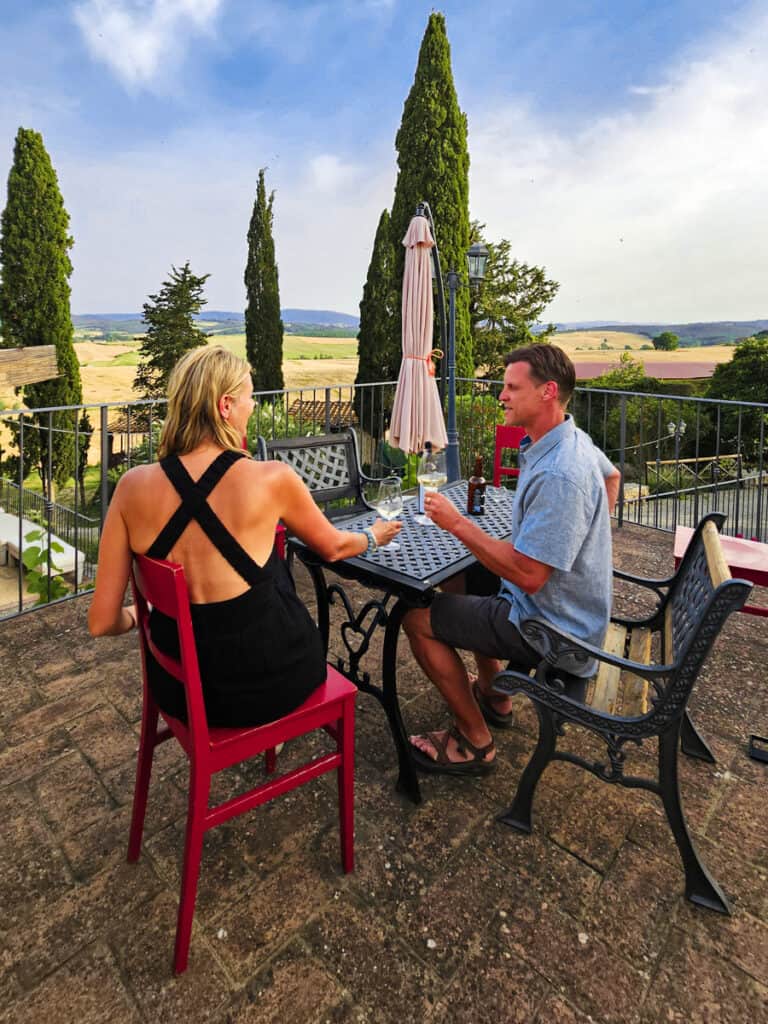
Choose a publishing schedule that works for you and be consistent with it.
We started our travel blog publishing daily and have been consistent with publishing at least four times a week. We had a lot of content we could write as we’d been travelling for 10 years before we started our blog.
I’m not necessarily saying publishing daily is the way to go.
Be realistic about what you can manage. You’re better off publishing less if it means you can be consistent with it. Consistency builds loyalty from your readers.
They trust you’ll show up for them.
3. Plan what content will you write on your travel blog
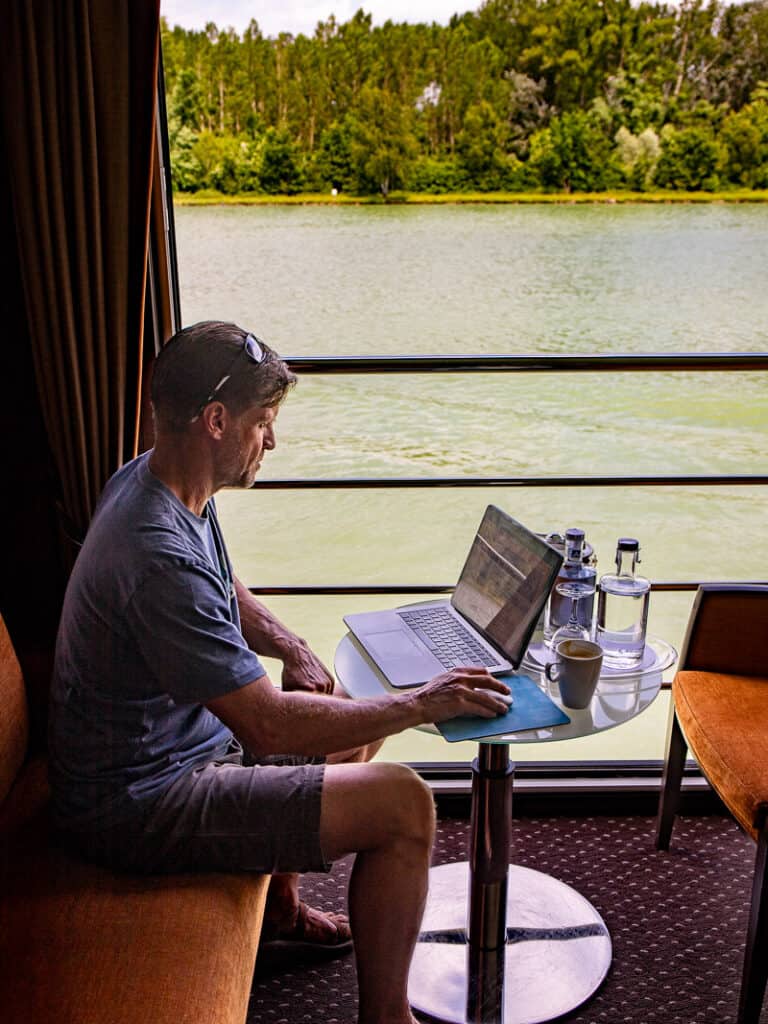
Consider the types of content you will write and create a spreadsheet that lists all your ideas in a logical way. Don’t just write what you feel, but write in a logical order that’s helpful for your readers.
This might be challenging when you first start your travel blog as you’re not sure how your travel life will evolve.
Having a basic plan or structure in place will help you categorize your content and make it easy to find on your site.
You can poke around on our site to see how we structure and lay everything out. We’ve spent years researching, testing, and learning from many mistakes to figure this out.
Plus, we invest a lot of resources on getting smart people who know more than us to help us create one of the best travel blogs.
4. Have an easy to follow site architecture
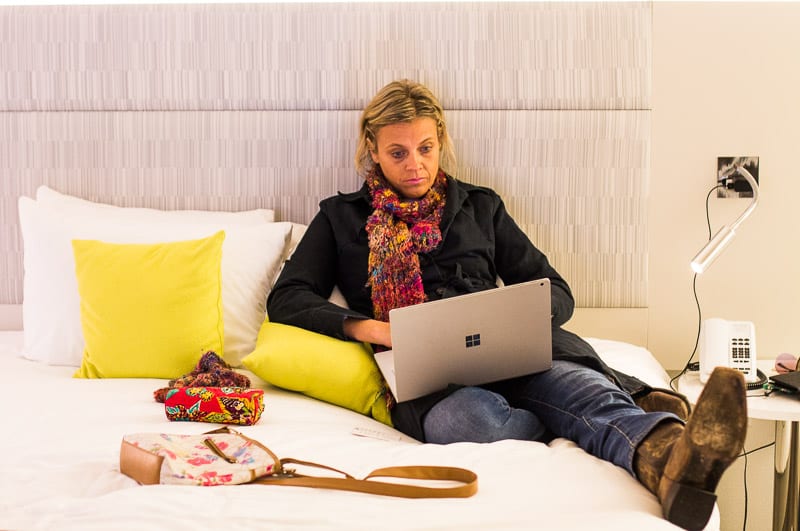
Site architecture refers to how people navigate your site. You’ll see on our site, we have organized our posts into destination categories.
Our top level categories that we create travel content around are:
Make sure you appropriately name your categories and think about how many clicks your readers need to find an article.
Imagine they are coming to your site to learn about road tripping in Africa, where would they look for that? Try to make it so they have as few clicks as possible.
5. Build your email list
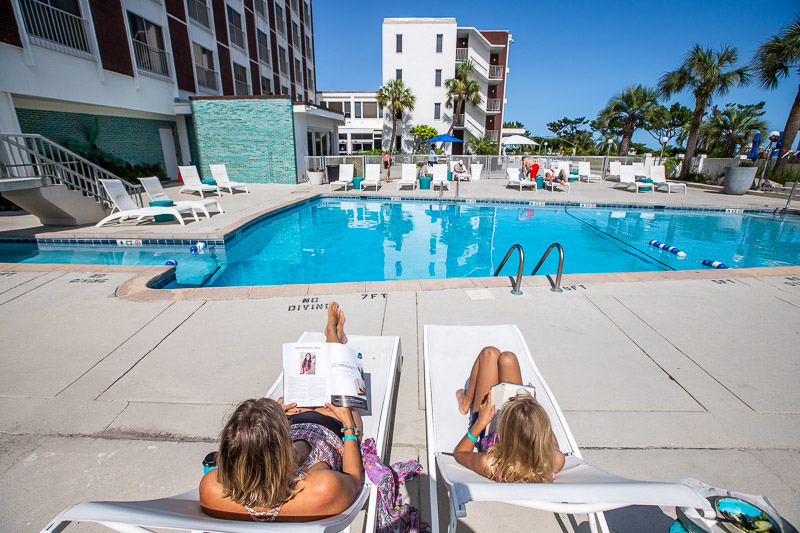
When learning about how to start a travel blog don’t leave this important step until 12-24 months down the track.
It is so rare for me to meet another travel blogger who focuses on building an email list.
For us, it’s priority and the most essential part of our business for building connection and community. This is a gigantic step from blogging hobby to blogging business.
It most certainly takes a huge investment of time and perhaps money. But, it’s a business. Without the investment, you don’t get the rewards.
We’ve been using Birdsend for the past couple of years, which is minimilistic, and can sometimes be html buggy, but other than that, it has everything you need, especially if a beginn
For those starting a travel blog, I recommend Mailchimp or MailerLite. They are free until you get 2,000 people on your list (that will take time to do!). The only problem is it does not offer an autoresponder feature unless you pay a minimal monthly amount.
ConvertKit is another email software that has been created with the professional blogger in mind. It’s has a reputation as the easiest, most efficient and versatile email marketing system. Their prices are a little more expensive now so maybe not ideal for a starting travel blogger.
Previoulsy I have used Drip, and did not like it at all. It caters more to thos who have their own shops. I’ve also used Aweber and did not like it, but I think they have improved a lot since then.
6. Get social media savvy
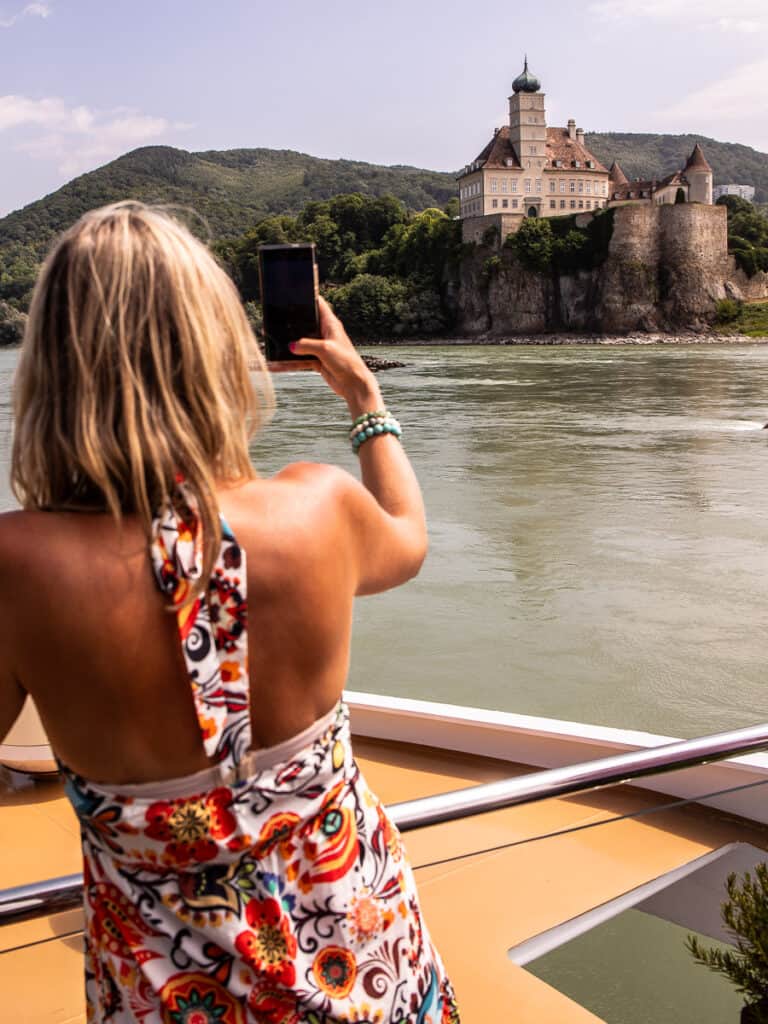
Social media is an incredible way to share your journey, connect with like-minded people, and create a community. You cannot rely on SEO in today’s world, you need other avenues of generating traffic to your blog, and social media is the place to do it.
Be human. Be warm. Have conversations. Share. Inspire. Help.
Each platform has a specific purpose and works in a particular way. Get to know each platform and use it in a way that suits.
There are a lot of social media platforms so choose the ones that resonate with you the most and what you feel will give you the most benefit.
Here’s what we use:
- Pinterest – the most effective and powerful platform for bringing people to your blog. At the end of the day, that’s what you want right? With over 4 million followers, this is the platform we dedicate the most of our time to. I wouldn’t say it’s great for building community, Pinterest is more of a visual search engine, but it’s brilliant for providing inspiring and useful content that can go viral. Tailwind is scheduling tool that is specific to Pinterest, and so very popular.
- Instagram – The place to share our beautiful images and videos of our travel experience. It’s also a great platform for having interactions with your followers. Instagram now has Threads – a Twitter rip off – which is slow moving but can be a fun place to have discussions
- Facebook – the King of Community. We get the most in-depth discussions and interactions via Facebook. It’s not as good anymore for us bringing traffic to our blog, but for building your brand and having those important conversations for creating community it rocks. We use SocialBee to schedule to X and Facebook. It’s great for cycling through your evergreen content
- X – X, formerly known as Twitter is a brilliant tool for sharing useful content AND for networking, particularly for those in the industry. We l don’t love Twitter as much as we used to but it still brings traffic to our site
- YouTube – Now that Instagram has a heavy focus on video, we don’t produce as much content for YouTube anymore. But, with a good strategy and focus you can have great success.
- TikTok You can have great success with TikTok, especially for younger generation, and it’s now good for search. We don’t put much effort into it, as you can only do so much, and I don’t really like the platform.
Social Media will help spread the word about your travel blog. The more your travel posts get shared socially, the more Google loves you!
7. Learn as much as you can about travel blogging and online business
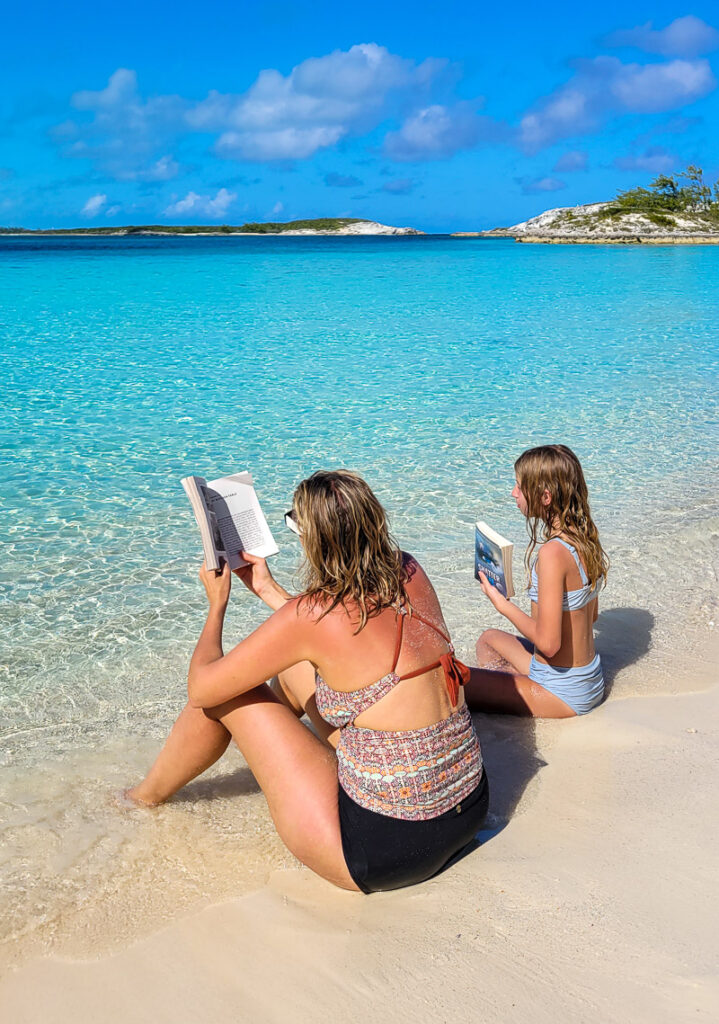
Separate the wheat from the chaff. Those who are successful with their travel blogging business spend time, money and energy investing in themselves.
That is their mindset, their communication skills, their ability to think and act like a business, improve their skills.
It is no happy accident that we’re so successful, and I never stop learning and working on myself. Two of the biggest questions I get is,
“What’s your secret? How can I have your life? and “How can do you do the amount you do especially with a hectic travel schedule and two energetic daughters?”
The secret is, I invest an incredible amount of time, energy, and money into myself and my business. I take courses, read books, pay for teachers, listen to podcasts.
That’s my secret on how to start a travel blog and scale it, and I don’t mind sharing it.
My mother always says to me, “Caroline don’t’ tell everyone what you know, they might steal your ideas.”
My answer is, most people will never commit to the work and investment anyway so I’m not afraid. Also, there’s only one me Mum.
There is only one Caz and Craig Makepeace and our kids. I keep evolving and changing. No one can replicate who we are and what we do. People follow people.
Know that. There is only one you!
How to start a travel blog (courses & resources) and make money
Here are a few tools to start you off. I have a heap of my favourite books, courses, podcasts, and teachers in the toolkit:
- B-School – this was the course that turned me into a very savvy business person. I use the teachings and skills I learned from this still in many aspects of my business. It also has the best community of any course I’ve done. It’s only opened once a year.
- Making Sense of Affiliate Income: Our friend Michelle has the best course out there on how to make money from your blog using affiliate income. It’s the best form of income there is as once you’ve done the work, the income becomes passive meaning you earn money while you sleep. It’s powerful leverage. Michelle knows her stuff as she makes over $50,000 a month from affiliate income. We’ve done the course, love it, and have implemented strategies with success. If there’s one thing we wish we did better in our travel blog business, it would be starting an affiliate income strategy from the beginning. We’ve left thousands of dollars on the table because we’ve only just started doing it five years later. Get started on the affiliate marketing course!
- My friend, Christina McEvoy as the best course on Instagram. Insta Success is not just about Instagram, it’s about building a trustworthy and relatable brand, being smart with monetization, pitching and working with brands, all of which leads to the creation of a sustainable online business. Christina is not just giving you fluff. What is also so awesome about her course, as she has built a strong commuity where she is very active in answering uestions, but also runs monthly coaching calls. I tell her all the time, she could charge way more for al the value she offers.
8. Don’t give up or feel imposter syndrome
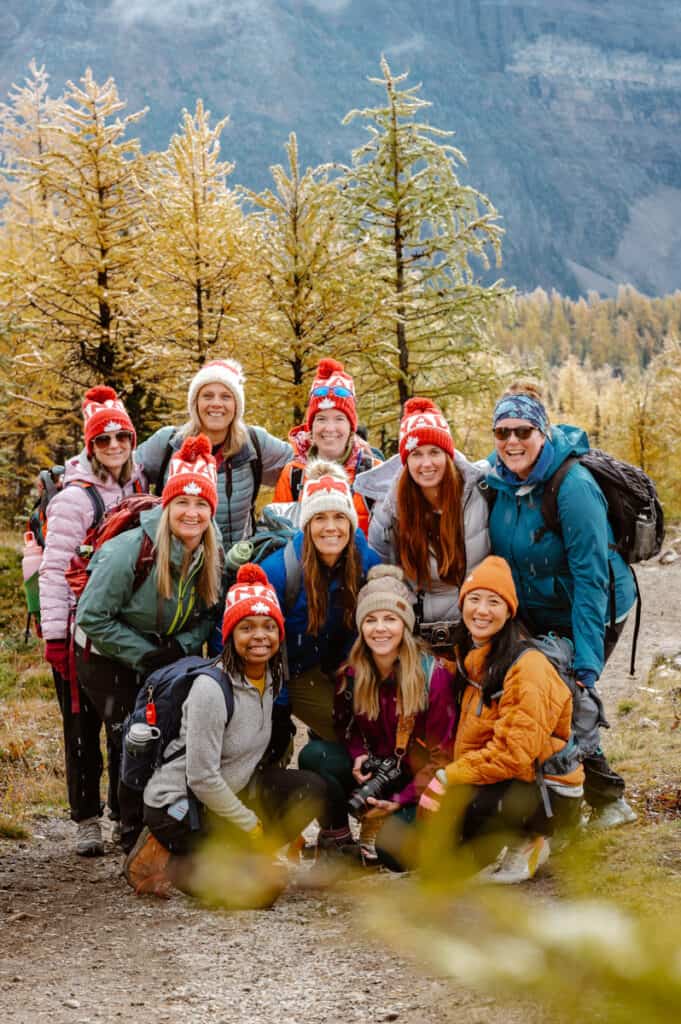
You are the cornerstone and foundation of your business. If you make yourself strong, knowledgeable and energetically clean you will have success.
Before I started travel blogging, I was traipsing around the world figuring out how I could get paid to travel, my idea was to arm myself with as many skills as possible so I could take on any job that came my way.
It’s a philosophy that took me from waiting tables, pouring pints, knocking on doors to sell, teaching English, chipping barnacles of pearl shells, and teaching children.
I was never without work because I’d worked on myself and I never gave up.
When your blog starts gaining traction, you start feeling imposter syndrome and think “I don’t deserve this success” but the truth is, you do. You earned it.
There will also come times when your blog will hit a set back, and it may feel like you want to give up, but you shouldn’t. It’s important to surround yourself with people who understand the journey you are on and can support you. They’ll help you to not give up!
9. Use the data
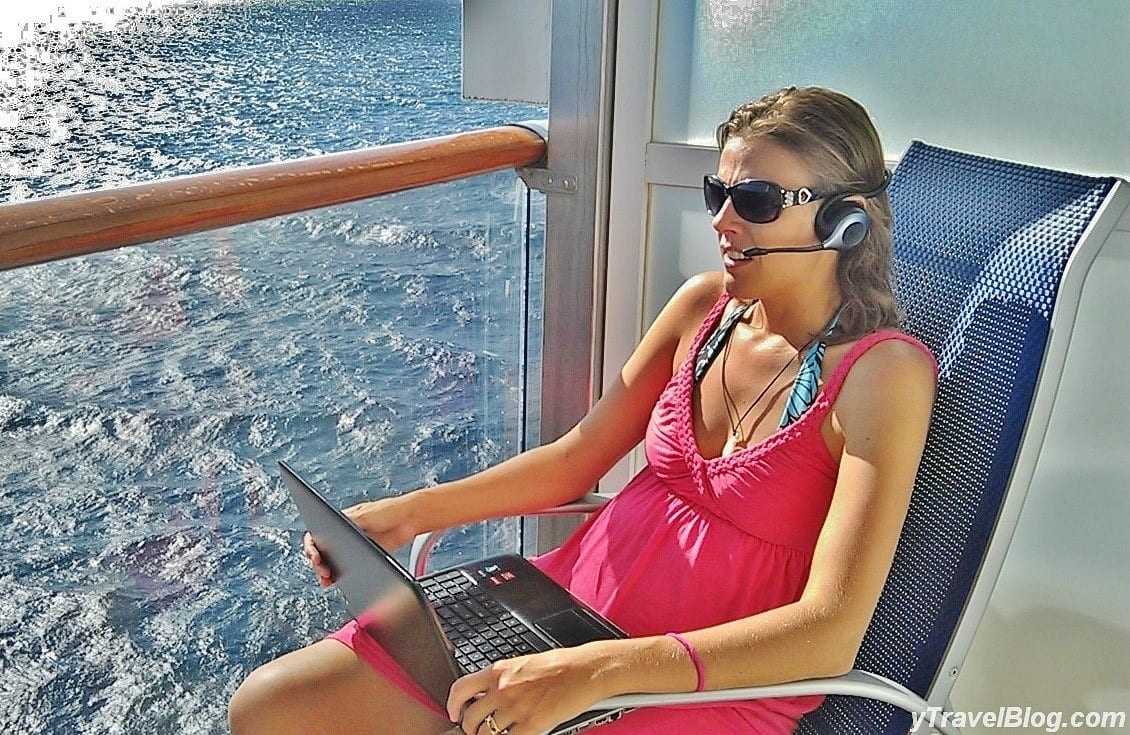
As soon as we started paying attention to our data, we knew what our readers needed and how to deliver it to them. We got sharper and smarter.
Data can come via surveys, comments, email responses, research, Google Analytics and Google Search Console, and social media metrics.
We still only do a mediocre job – it’s a resource thing. So don’t fear if it’s an issue for you too, just start with the basic – have good listening ears. And it will help guide what you do.
10. Enjoy the travel blogging journey
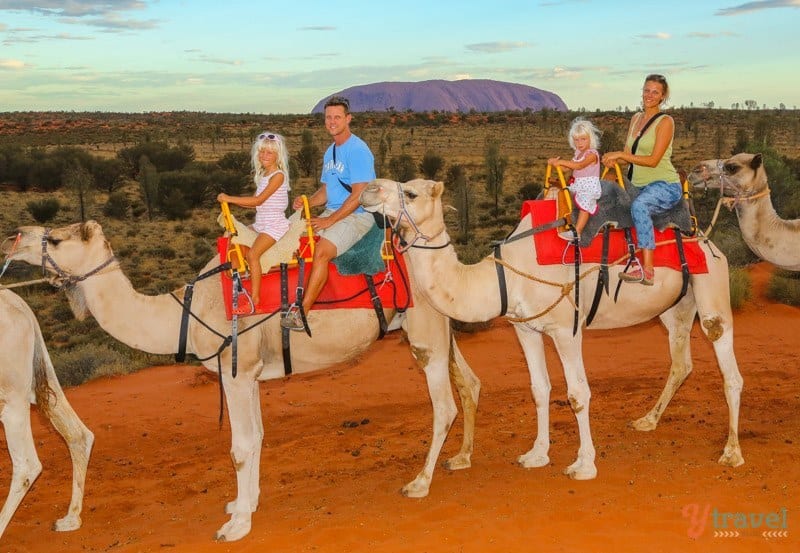
There’s no point figuring out how to start a travel blog and investing your time, money, and energy into it if you don’t love it.
By that, I mean the rewards, the processes, the hurdles, and growth.
Most of all enjoy experiencing what it feels like to make a difference to others. You’ll soon discover this is the best reward of all.
There will be times when you’ll feel like quitting, but if you’re making a difference to others and you’re passionate about what you do that’s what pulls you through!
Love it!
11. Create proposals that work
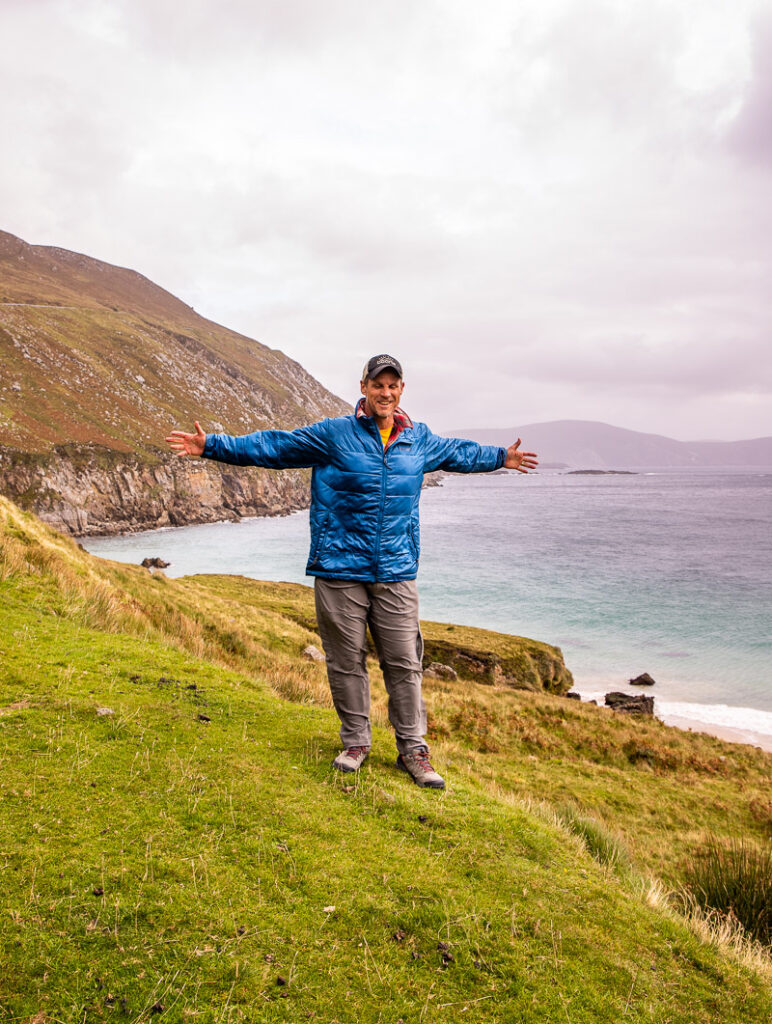
When you’re at the point of reaching out to companies and brands to work with you, knowing how to write a decent proposal is a game changer.
I had no clue about proposals or pitches before we started blogging. A game changer for us has been learning how to do this properly. How? A lot of rejection. A lot of mistakes. A lot of advice. A lot of mentoring.
And learning how to craft value and give people what they need. Applying some of the principles in B-School, we were able to create a proposal that worked for working with tourism boards in Australia.
We’ve refined them a lot over the years, but have come up with a very successful proposal template that converts. It’s vital that you learn how to create a marketing campaign that’s a win for everyone involved and learn how sell yourself.
12. Join blogger Facebook groups
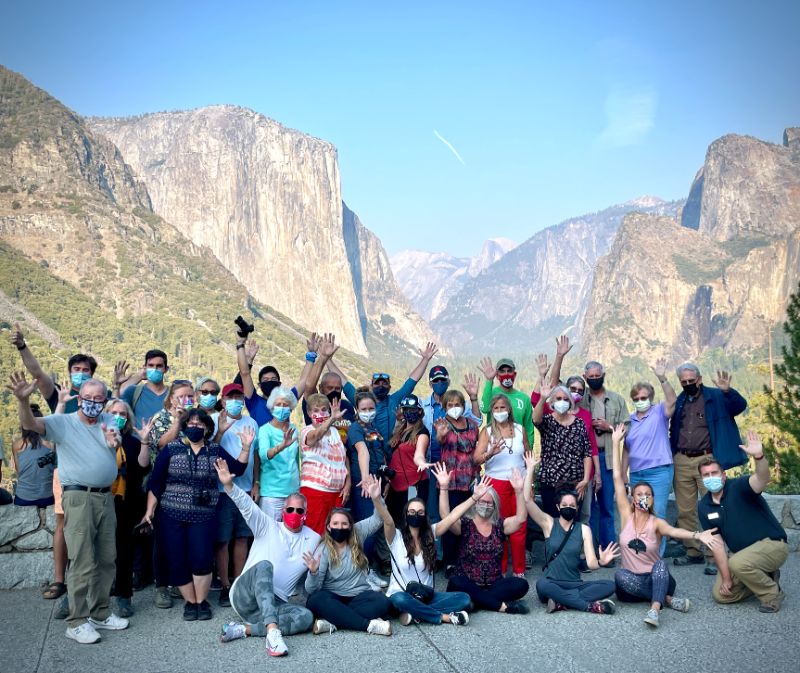
When we first started blogging and connecting with the community we were in a lot of Facebook groups that shared and commented on other people’s work.
It was fun and a great way to get to know others work. You can also collaborate on projects together and build a community where you can fall on each other – especially when times get tough *cough* when Google has an update.
13. Understand your audience
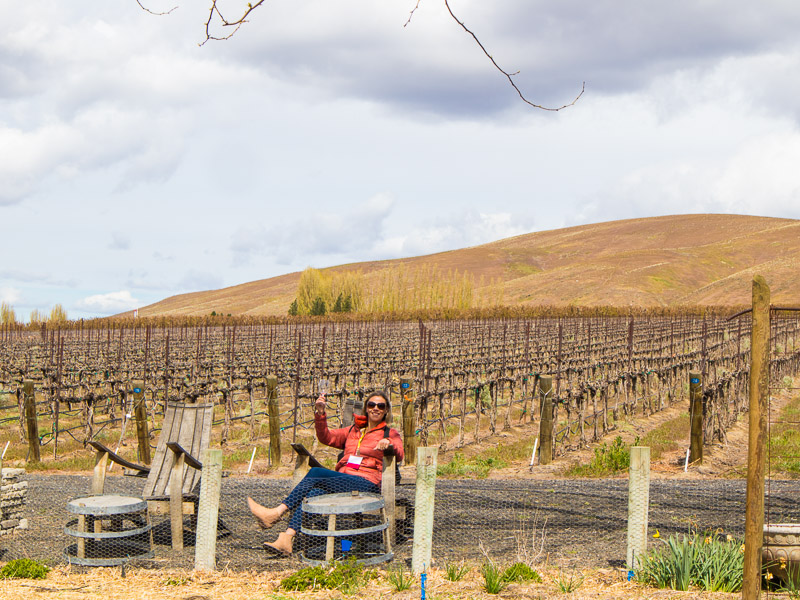
Spend time going through your analytics and your social media following to understand your audience. Who are you talking to? What are their hopes and dreams, their wants and needs?
Make it a priority to serve your audience and help change their lives.
A huge part of what makes a site successful in today’s climate are sites that have strong EEAT (expertise, experience, authority, trustworthiness).
Understanding your audience means it’s easier to tick off those EEAT signals.
Understand their pain points and create products and services to help solve their problems. I’ve learned some really cool ways to get clear on this, which helps me give my readers what they need through my content.
Now, I get comments like “this all the time”I feel like you’re in my head! This is exactly what I need right now!” all the time
Give people what they need and they’ll love you forever. They need inspiration and action plans!
After paying attention to what our readers on our This is Raleigh account were looking for, I became a licensed realtor, so we could help them with buying homes upon relocating to Raleigh. That has turned out to be quite a lucrative money earner. Our content on the site supports it.
14. Create something of value
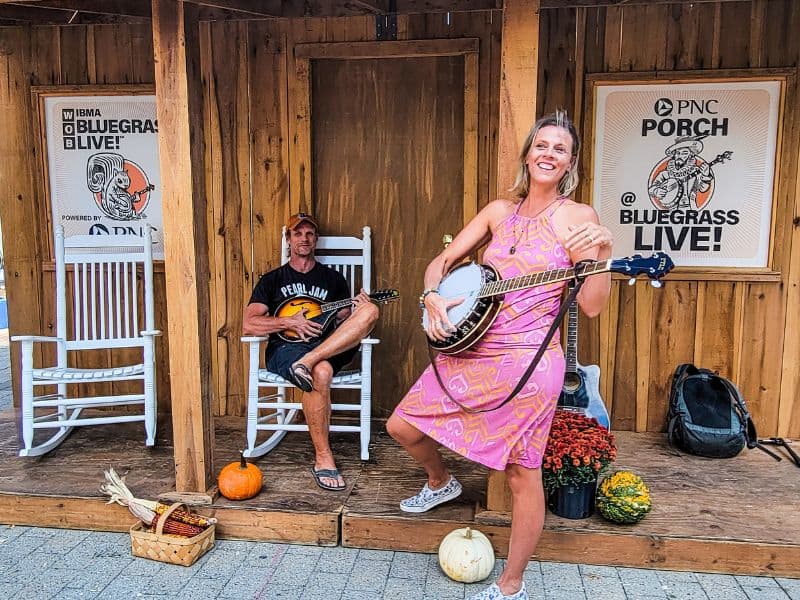
Think outside the box and create blog posts that solve people’s problems and give extraordinary value when you do this.
From listening to our community, I know their biggest struggle is having enough money to travel.
Because of that, I created my 30 Days to Money Mindfulness to help change their relationship with money forever. We also created our ebook which shares tons of strategies on how to travel without costing a fortune.
And for our Raleigh blog, we’re creating guides and courses to help people who are relocating to Raleigh. We’re giving them all the information they need in one handy place without having to search for it. From that we’re also creating a fun commuity around it, so they can settle in easier and make new friends.
Create content that informs, inspires and entertains. Put your heart and soul into your creation and always have the intention to make a difference. If you help change someone’s life they are a friend forever.
15. Avoid comparisons
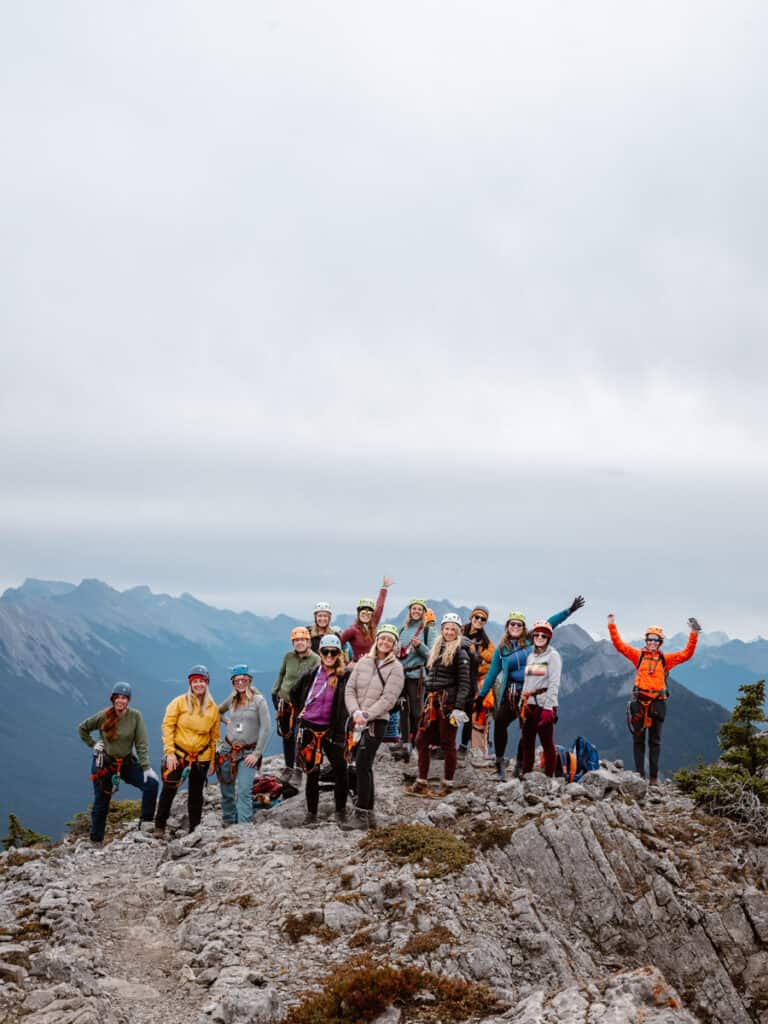
There is so much energy you expend when you worry about what others are doing.
Think about it, all those hours stalking, and then churning through the thoughts about how they’re better than you, or you’re better than them. It’s exhausting moving through those feelings of jealousy, insecurity, frustration, anger and failure.
How does it help you achieve?
There’s only one thing you can offer to the world that no one else can. So do your thing and let other people do theirs.
I tell ya, this is one we often have a lot of trouble controlling, but I notice the difference in how we grow when we stop looking sideways.
Focus on YOUR game plan, refine YOUR skills and take the action YOU need to take. You deserve to have success too, but you’ve got to move in a straight line towards it, not in a zig zag one spent peeking over your neighbour’s fence.
16. Listen to your inner voice
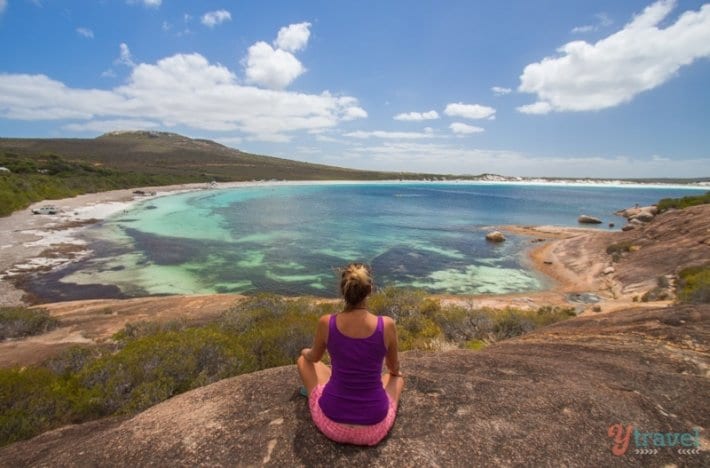
There is too much noise and too many experts telling you what to do. If you spend all your time looking out there for the answers you won’t get much done and your business will completely lack soul.
I have a few mentors for different aspects of my business whose advice I follow but never take as gospel. I mull it over and consider it based upon my vision, my overall strategy, my readers and what my inner voice tells me is right.
I think I’ve broken almost every rule that’s been said about blogging, but I stuck to what my inner voice was telling me and it’s rarely been wrong.
That decision I told you about in Step one – I know many people would say don’t do it, but my inner voice spoke to me real clearly.
Only you know where you’re headed and what you’re capable of.
More Blogging Tips
Need more inspiration for starting a travel blog? Here are some other helpful guides!
- Helpful Tips for Working From Home
- How extraordinary travel blogging got us a green card
- The tools and services we use to grow our business and income
- Learn how to make money travel blogging
Pin To Save On Pinterest
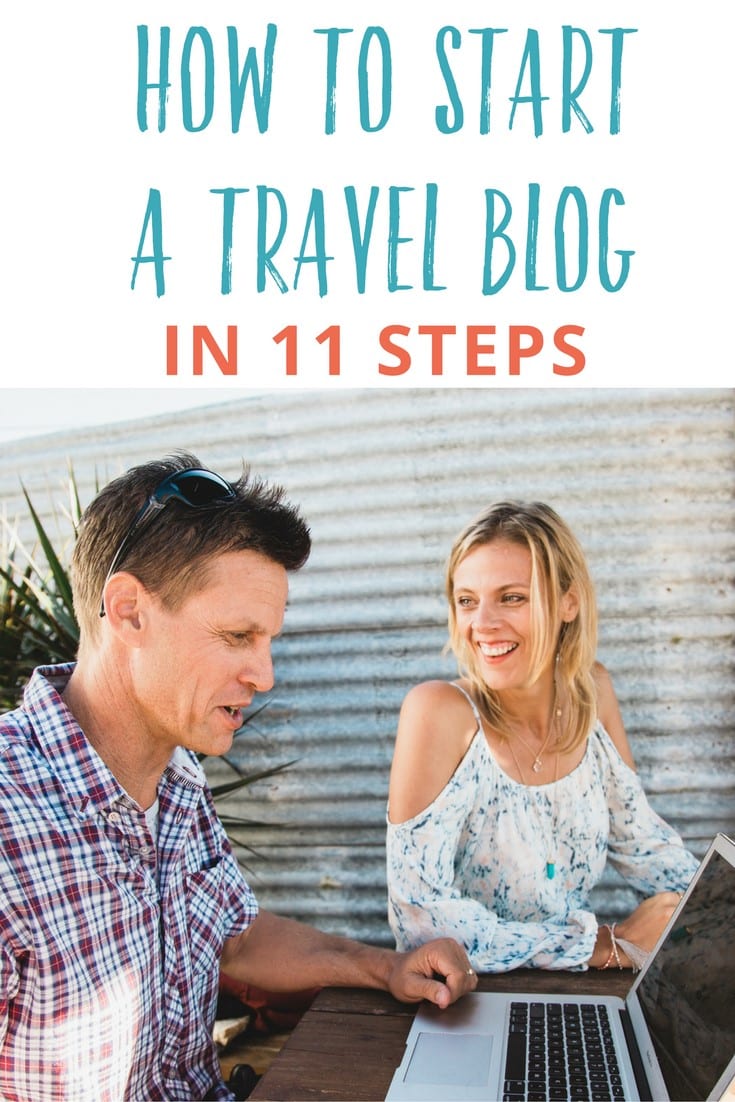
Leave your comments, questions, or thoughts on how to start a travel blog below!